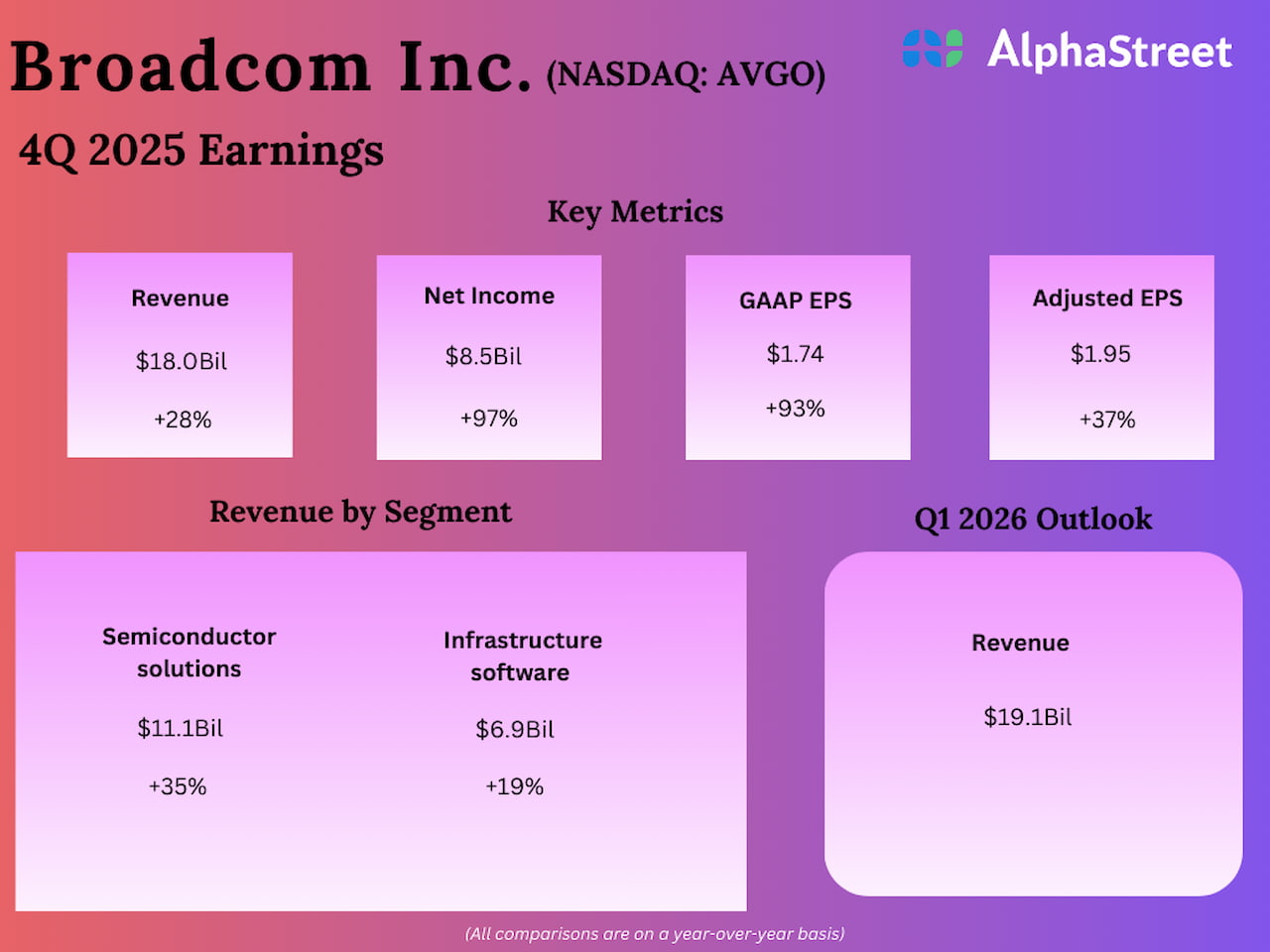When it comes to retirement planning, everyone wonders the same thing: how much do I really need to retire comfortably?
For years, surveys and financial guidelines have pointed to different benchmarks. Some suggest a flat number, others tie it to your income, and some focus on your lifestyle. The truth? There isn’t a single “right” answer, but understanding what most Americans think can help you set your own goals.
What’s the “Right” Number for Retirement?
According to recent nationwide surveys, Americans believe they’ll need around $1.26 million to retire comfortably. That number may sound big, but it actually dropped from $1.46 million last year. This goes to show just how much perceptions can shift depending on the economy, inflation, and market performance.
For many people, the gap between what they think they need and what they’ve actually saved is wide. Roughly one in four savers (25%) admit they only have about one year’s worth of income tucked away for retirement. That shortfall adds to the stress of whether retirement dreams will match reality.
Rules of Thumb to Put It in Perspective
While the $1.26M figure is a useful reference, it isn’t the only way to look at retirement readiness. Financial planners often point to broader guidelines:
Salary multiples: Aim to save about 10× your annual salary by age 67. For example, someone earning $70,000 would want around $700,000 set aside by retirement.
Step-by-step savings goals:
1× your salary by age 30 3× by 40, 6× by 50 7× by 60, and so on. Read Retirement at Every Age to see the calculation breakdown by age group.You can also use our retirement path calculator to give you personalized suggestions depending on where in life you are right now.
Income replacement ratio: Plan to replace 70%–85% of your pre-retirement income each year, which accounts for lower taxes and fewer expenses in retirement.
Generations in Motion
Gen Z and Millennials are surprising everyone, with over half reporting growth in their savings and many putting aside 20% of their income for the future. But among Gen X, nearly two in five say they aren’t confident in retiring when they want and 15% are delaying retirement past age 70.
Also, 69% of Gen X feel retiring before age 65 is important to the American dream. It requires stronger savings habits and intentional investments. Healthcare access until Medicare starts is a big consideration and a potential complication.
Lifestyle-Based Planning: The FIRE Example
Some retirement savers take a lifestyle-first approach, especially those in the FIRE (Financial Independence, Retire Early) community. Instead of aiming for a universal number, they calculate based on expenses. The core rule: save enough to cover 25× your annual spending (the “4% rule”), or even 30× for added security.
This approach makes the retirement target highly personal. For someone spending $40,000 a year, that means $1 million is enough. For someone spending $80,000, the target doubles.
Why the “Right” Number Is Different for Everyone
Retirement isn’t one-size-fits-all. The number you’re aiming for depends on:
Your lifestyle expectations (travel, hobbies, healthcare needs). How long you plan to work (and when you start drawing Social Security or pension benefits). Inflation and healthcare costs, which can shift your savings needs over time.
The Real Secret to Retirement Readiness
At the end of the day, there’s no universal “magic number.” The $1.26 million figure is a helpful reference point, but your retirement target should be built around your income, lifestyle, and vision for the future. What does make the biggest difference? Consistency. Small, steady contributions over time can be far more powerful than chasing a single benchmark. Especially through your 401(k).
At Slavic401k, we encourage participants to focus less on chasing one perfect number and more on building steady, lifelong savings habits. Your retirement should reflect your future. Not a generic benchmark.



























